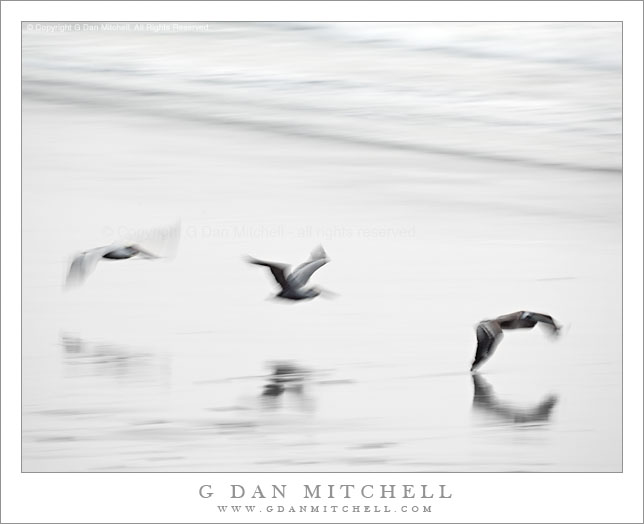Recently I posted the first part of my report on photographing in Death Valley. At that time I mentioned that while I had originally envisioned a single post, the subject had grown so large that I decided to split it into two sections. I noted that I hoped to post the update soon.
I’m still digging away on this project, and part 2 is now probably about half way completed. I’m currently working on the section about the Racetrack Playa. It looks like this will perhaps be the largest section of the report – the Playa is such an interesting place and there is so much to say about it. In the meantime, anyone considering a photo trip to the Racetrack might find some earlier posts of mine to be interesting and useful:
- Visiting the Racetrack Playa
- Photographing the Moving Rocks at Racetrack Playa
- When NOT to Visit the Racetrack
- Photographing Death Valley – Part 1
The last one may be one of the most important to read if you are visiting the Playa this season. While I don’t know the current conditions on the playa, there are a few things that I do know.
- The Valley just experienced tremendous rains that have left pooled water in areas of the park and washed out a number of access roads.
- A “playa” is a formation created when heavy rains wash silt-filled water down from surrounding mountains and flood a lower basin. The implications of the previous sentence should be obvious… ;-)
- Even if you can get to the playa, walking on its surface when it is wet is tremendously destructive. Tracks last for many years once the playa surface dries. If you visit when it is wet, please show some restraint and respect for the hundreds of visitors who will follow you – STAY OFF THE PLAYA IF IT IS WET.

